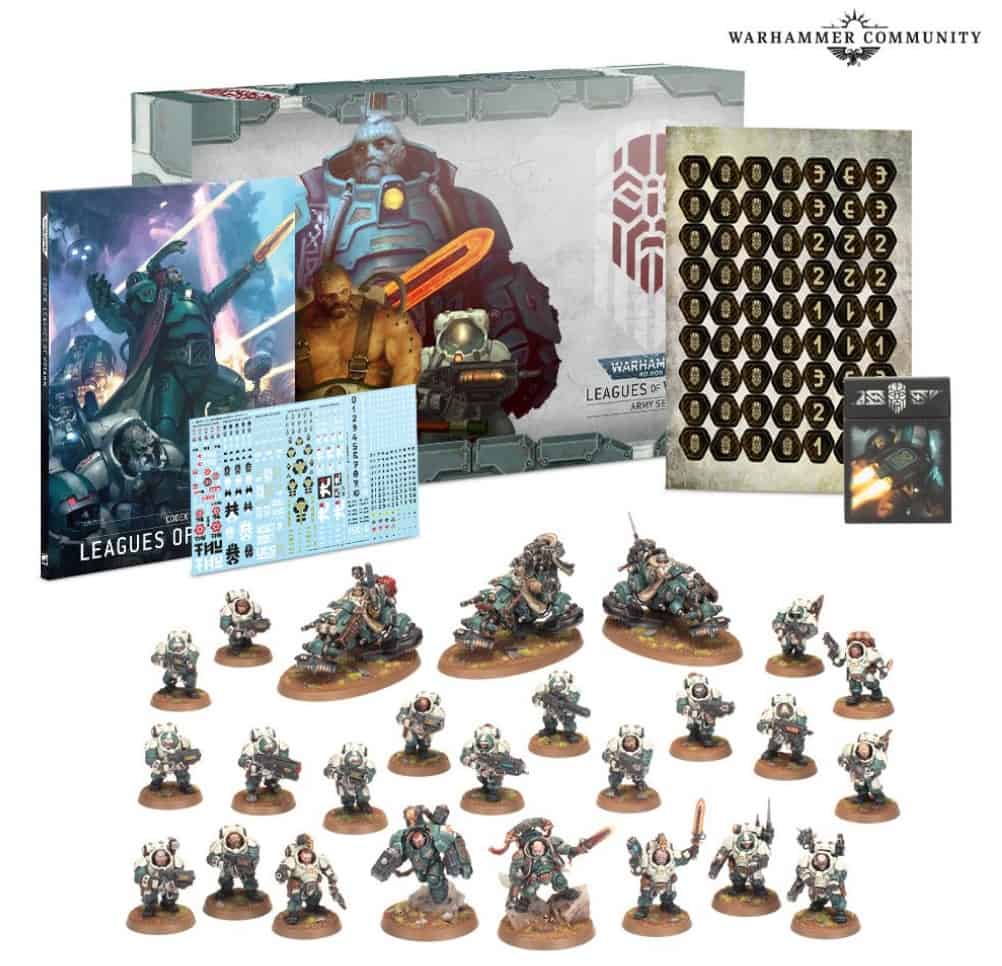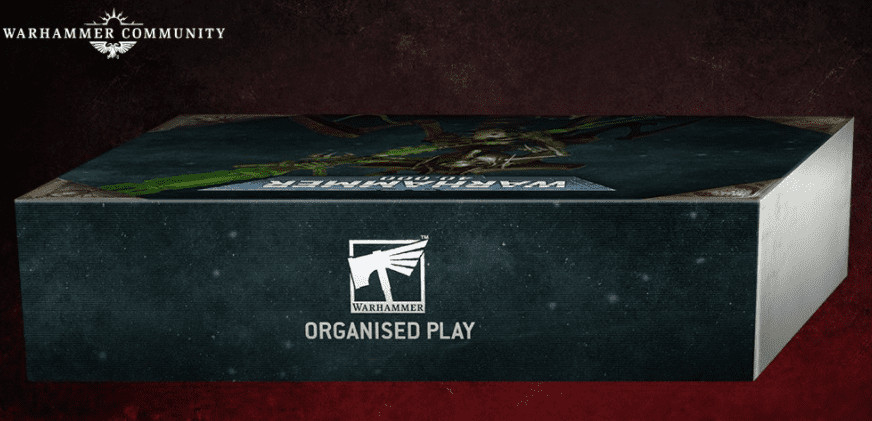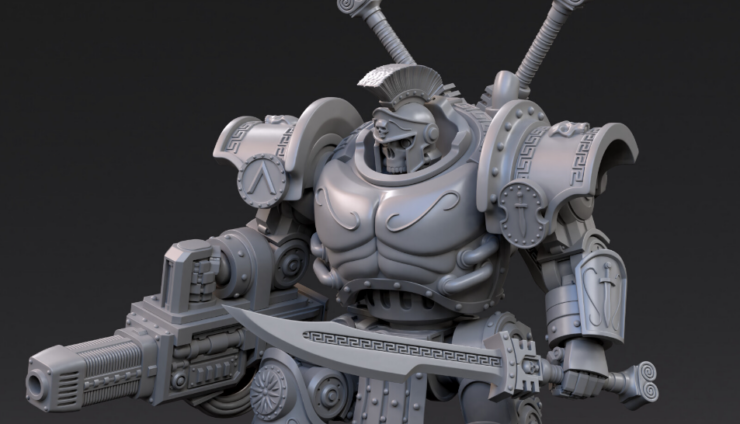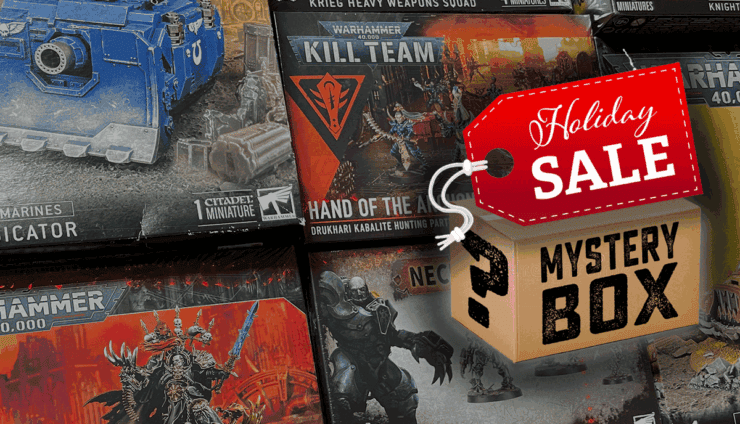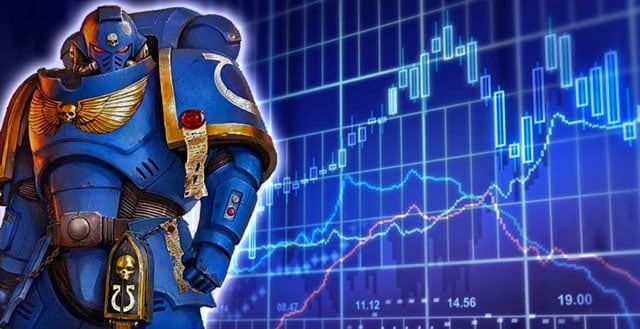 Is it gouging or growth; here’s a six-year profit analysis of all the Games Workshop price increases since 2016 that is just wild…
Is it gouging or growth; here’s a six-year profit analysis of all the Games Workshop price increases since 2016 that is just wild…
Every time a Games Workshop price increase is announced, there are grumblings about the company on everything under the sun, from gouging to the company’s growth. Is this fair from GW’s viewpoint, or is they really just a “money-hungry giant squeezing the player base.” as so many people have mentioned…
Gouging or Growth: Six-Year Analysis of the Games Workshop Price Increase
This is a guest post from an industry insider who is familiar with such matters. Also, keep in mind that this is the UK financial year, so if the report came out in July 2019, that year started in June 2018.
In 2022, Games Workshop made £386m from its core business (models, paints, etc.) at a profit of 34% (£131m). Let’s investigate the history of increases that brought us this significant number and whether Games Workshop made its way here through good growth or gouging price increase
Promises Kept & Failed
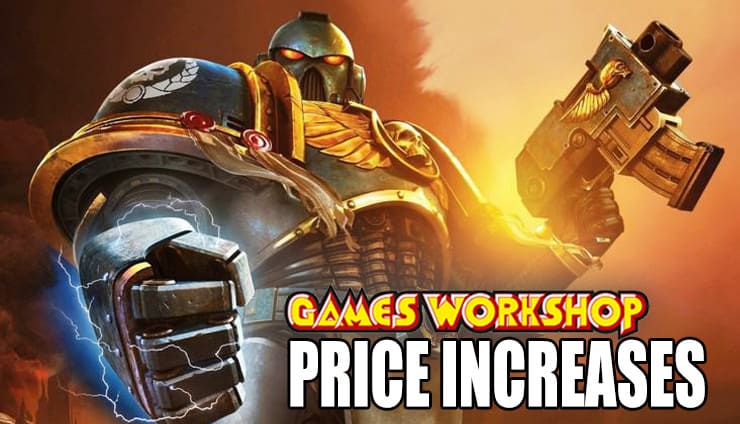
Only increase the prices of our new releases to reflect the necessary investment in our product quality.
This doesn’t stand totally true; Forge World prices increased during this time ahead of the curve. But almost ironically, within eight days of the 2019 report including this statement, GW announced a price increase on their non-new products across the range: BREAKING NEWS: GW Announces 2019 Price Increases
After this, they dropped the quote about essential price increases in their reports and instead focused vague statements around price to invest in the future. This statement vanishes in the 2020 report, but since 2019, their profit has been steady. This means that no changes have enabled Games Workshop to keep more of the money it makes. They are making a great profit but have only maintained what they have.
GW’s real change in profitability came between 2016 and 2018 before most concerns with price lifts arrived. During this time frame, they managed to double their sales of the core business nearly.
Games Workshop New Releases
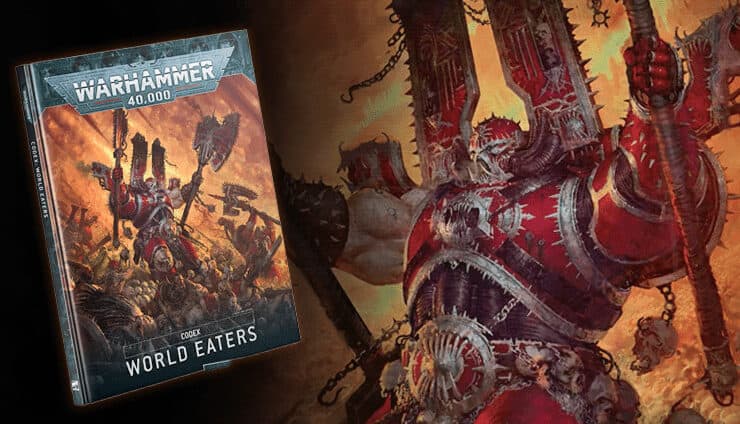
So it seems like if Games Workshop releases more products, it’s not the “main thing” driving revenue.
There is a big ‘what if’ here, too, because you could say ‘what if’ new releases are the value of new things during the whole first year of their life? Or what if GW is saying each time there is a new ‘boxing’ (like from an Army box to a single squad box) that it is a new release?
Consider the Leagues of Votann Launch:
- The launch box
- The unit box(es)
- The Combat Patrol
Are these three separate releases for the same single product within the year? Or was it the first time the sculpts came out that they were the ‘new release’ while the others were just ‘normal revenue’?
This would impact how we think about what models are pulling in the most money. But this, we don’t know from the outside reading this report.
Has Increased Bundling Really Hurt?
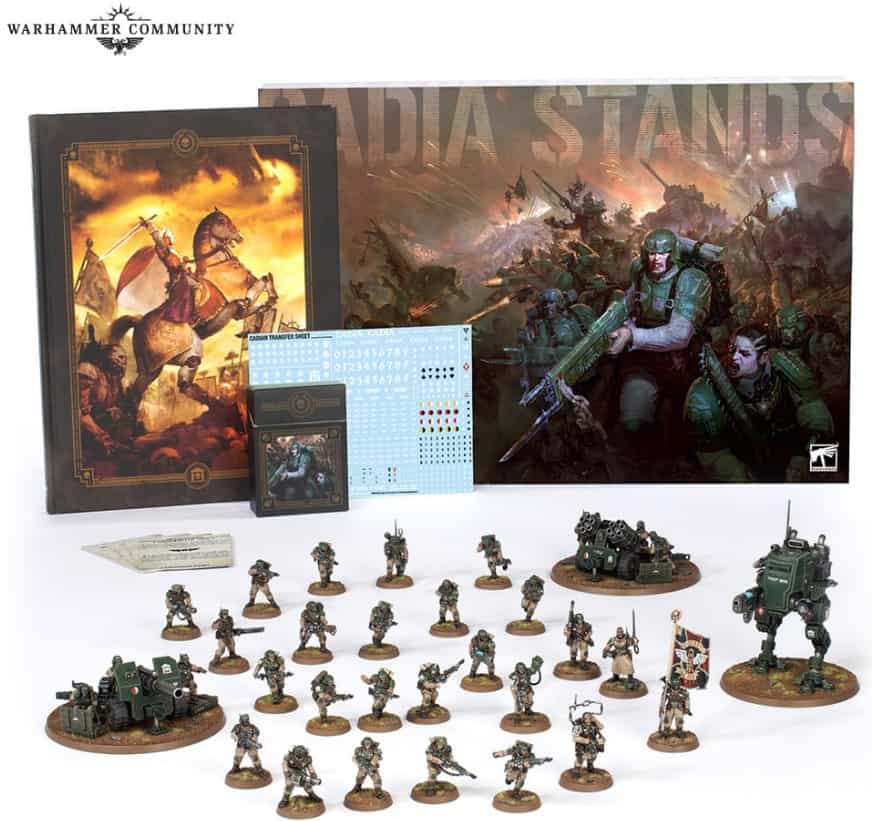
Bundling has been ‘much more a thing’ over the last three years, but this is either maintaining the new release revenue or hasn’t changed it much. This comes back again to a devil in the detail of ‘are fewer people spending more’, or is this just causing people to bulk purchase more often?
There is also a chance that it’s neither; people are just buying one large set rather than a selection later on, this is kind of sad as it gives people less fine grain choice and control over what they buy, but it appears like it isn’t costing us ‘more’ (unless fewer of us are buying, more on this later..)
Games Workshop Price Increase
If we then inspect the core price increases, on each financial report, they include an update on how this price impacts their product sales, stating each year the impact of this % increase to their stated sales revenue:
- 2016: 3%
- 2017: 3%
- 2018: 3%
- 2019: 3%
- 2020: 4%
- 2021: 2-7%
- 2022: 5%
These are small, but the power of compounds is fun. For example, Games Workshops’ revenue in 2016 was 118m.
So 118m in 2016 would be in the ballpark of 150m today, given these increases (if you take 118m and multiply it by each line by the end, you get 150m).
If 2022’s revenue was £386m, comparing this growth to a 2016 base:
- £30m from increased rate/cost of new releases
- £32m from increased base cost. This leaves us with what looks like a lot of revenue (£322m) driven by growth outside of price increases, bundling & release bloat.
Why Does it Appear to Hurt Players so Much When These Prices Increase?
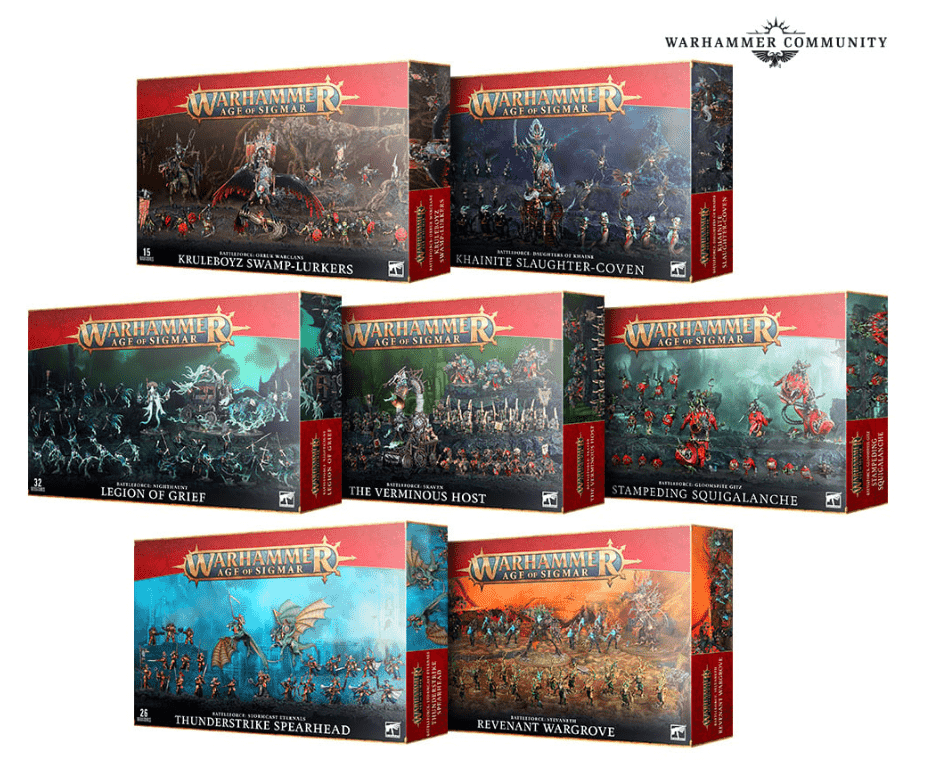
On average, salaries in the UK increased from £28k to £33k over this same six-year period. This increase is 17% vs. a rise of 25% to Games Workshop pricing at this time. Currently, it looks like GW pricing is about 8% more expensive for the average person than in 2016.
However, according to the reports, this appears to be returning to the company, for the most part, as investments in production and new products.
What Was Their Growth Then?
From a Games Workshop financial health standpoint, that looks to leave £322m vs. £118m (by removing the growth from new releases and price increases), which is at 280%. is tremendous.
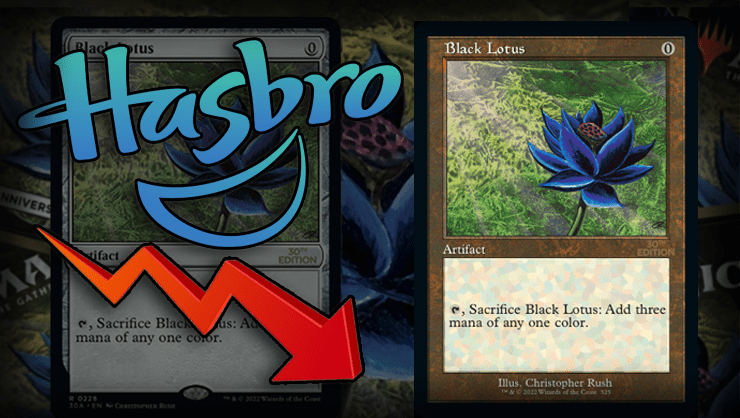
This isn’t well explained or locatable in the report; some statements on the growth in visitors and sign-ups look very healthy. There are some statements of users in 2020 around ‘users’ of GWs digital products, at around 8 million. Sadly without a definition of whether those are ‘active users’ or ‘accounts anyone ever created’, this is super vague.
Let’s return to customer growth in a minute; first, consider the other buyers outside of direct customers.
What About Hobby Shops?
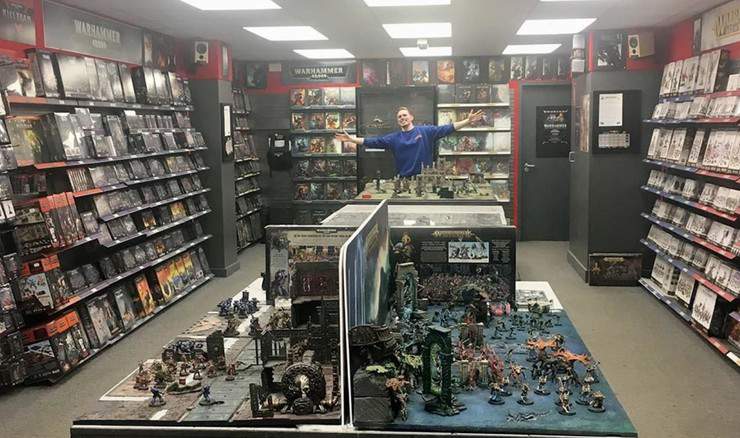
Plus, now there appear to be a lot more of these stores:
- 2016: 3,800
- 2022: 6,200 So 55% of the revenue is from these stores, which is up from 38%. So, the number of stores has increased by 1.6x, and the percentage of GW sales accounted for by these stores has increased by 1.45x. Wow!
Now that being said, it looks like there may be other retailers thrown in here, from big box stores down to other chains and franchises that just carry a smaller offering of Warhammer products.
As a matter of fact, in their recent list of stores with Organized Play, there was roughly a third of this number listed as venues that held events and had purchased these kits.
Remember that selling to an independent store is different than to a direct customer; a small store doesn’t mean an end customer is ‘keeping the product,’ as they still have to sell it. To be super, super, super clear, I am NOT saying that Games Workshop is Channel Stuffing because we don’t want any legal trouble.
I will highlight that most stores now carry a wider range of GW products than ever before as their offerings have expanded since 2016 from AoS and 40k to Underworlds, Kill Team, AI, AT, Warcry, and the hobby rack has been expanded twice as well.
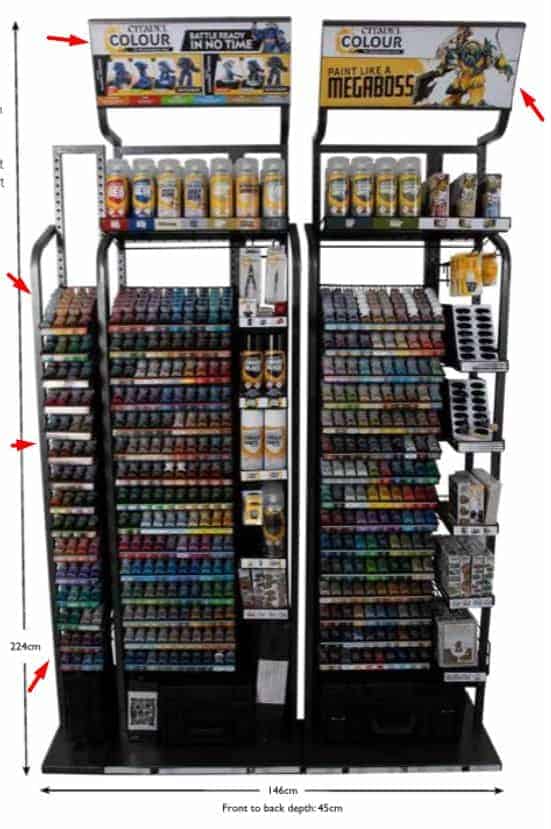
With their new confirmed price increases for the holidays, will these stores (in the UK) be willing to keep as much on the shelves as before? And how much of Games Workshop’s revenue and profit lift this year will be due to stock sitting on these stores’ shelves at the owners’ expense?
So how much of the GW sales are in people’s hands already, and how much is sitting in new stores, warehouses, and boxes waiting to go out still? I don’t know; we are now getting to the level of detail where you would want an honest auditor to consider the potential ongoing strength of these sales.
So What About That Customer Growth?
But once again, the power of compounding since 2016 lets us dig in a little. What percent growth in new customers would Games Workshop need to achieve 2.8x over six years if we assume all sales have reached the end customers? Well, if the GW user base grew 19% each year, this would reflect a 2.8x increase between 2016 and 2022 which seems pretty good.
I do imagine they have reached some level of expansion with new customers. Otherwise, we would say they haven’t found a way to get existing customers to increase their annual spending. This seems to give us a ‘max’ level of annual growth in the number of customers; however, the odds are they will be getting ‘more new’ customers than this while others will churn (or leave).
(What other sources can we use, well Goonhammer had a go at estimating the community size: The Goonhammer 2022 Reader Survey… And What it Tells Us About the Community)
So is Games Workshop Acting Fairly?
Maybe?!
There is a reason that genuine reviews like this come from banks with auditors who have access to more data and get to ask the tough questions. As we reach the end of the deep dive, we still don’t know:
- What the average $ amount spent per 3rd party retailer is each year?
- An estimate of each retailer’s ‘resting stock’ and if it’s growing.
- An assessment of the number of unique customers Games Workshop currently has.
- An estimate on average spend over time.
- An estimate of the average lifetime of a customer (how often customers churn and why).
- What the definition of a ‘new’ release is, and when it stops being new?
Given all of this, we would have a better idea if people are ‘being squeezed’ or if GW is charging more as they pay higher wages, invest more in each product and produce ‘better things.’ GW products probably feel they cost about 8-12% ‘more’ than they did six years ago; this is not world-ending but also kinda sucks.
Yes, Games Workshop is massively profitable, and I am not trying to take that away. But they are running a public business and appear to be doing reasonably well from what I can see in their reports. However, it is hard to know what is happening in the details we just mentioned concerning price gouging or if they are truly experiencing healthy growth…
What do you think about the Price Increases from Games Workshop is it gouging or growth?
Let us know in the comments of our Facebook Hobby Group, or our new Discord server, and make sure you enter the latest monthly giveaway for FREE today!
Get ad-free access to our videos, a monthly crate of miniatures, and support some of the best creators out there for as little as $6 a month on Patreon!
